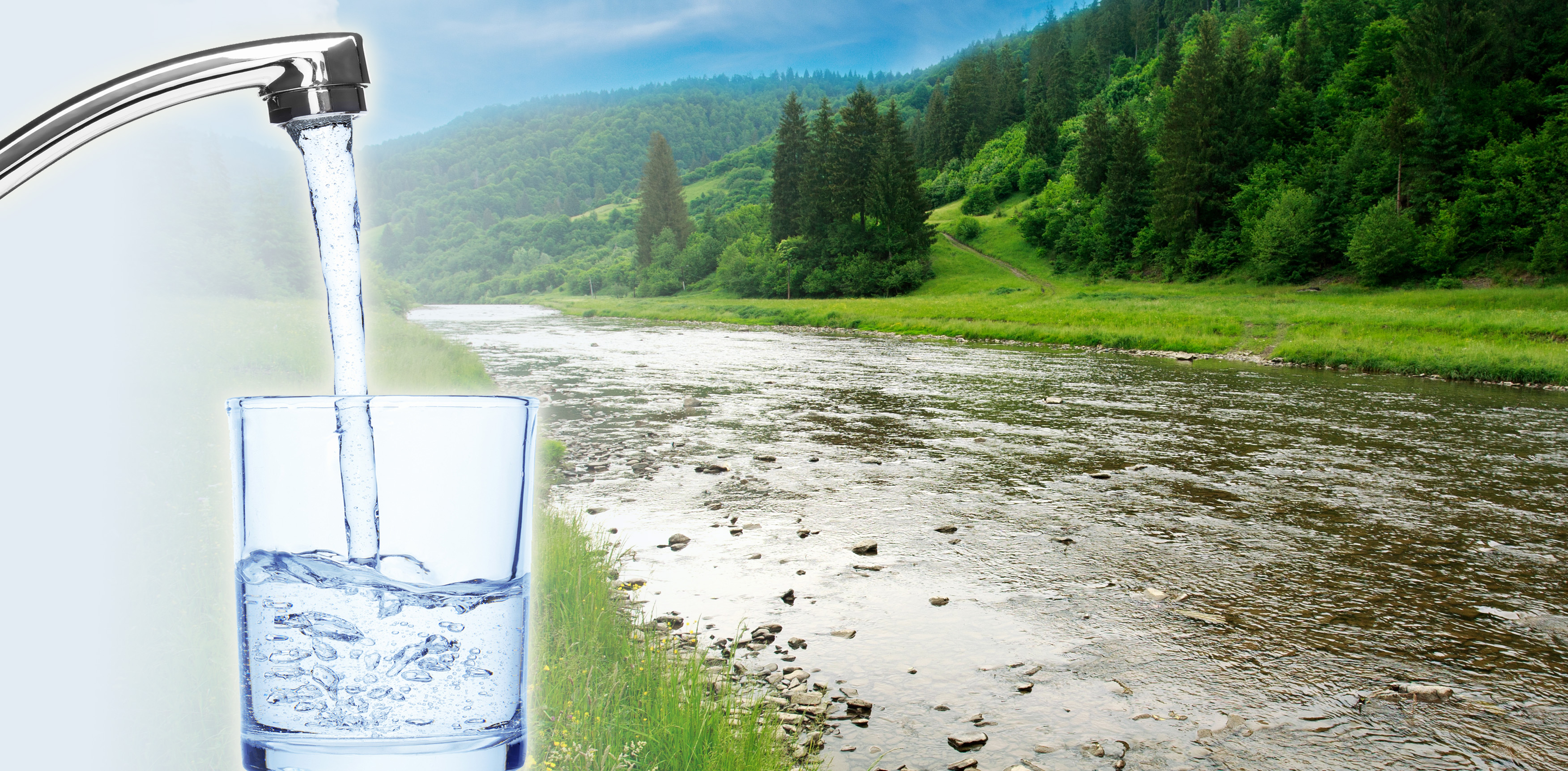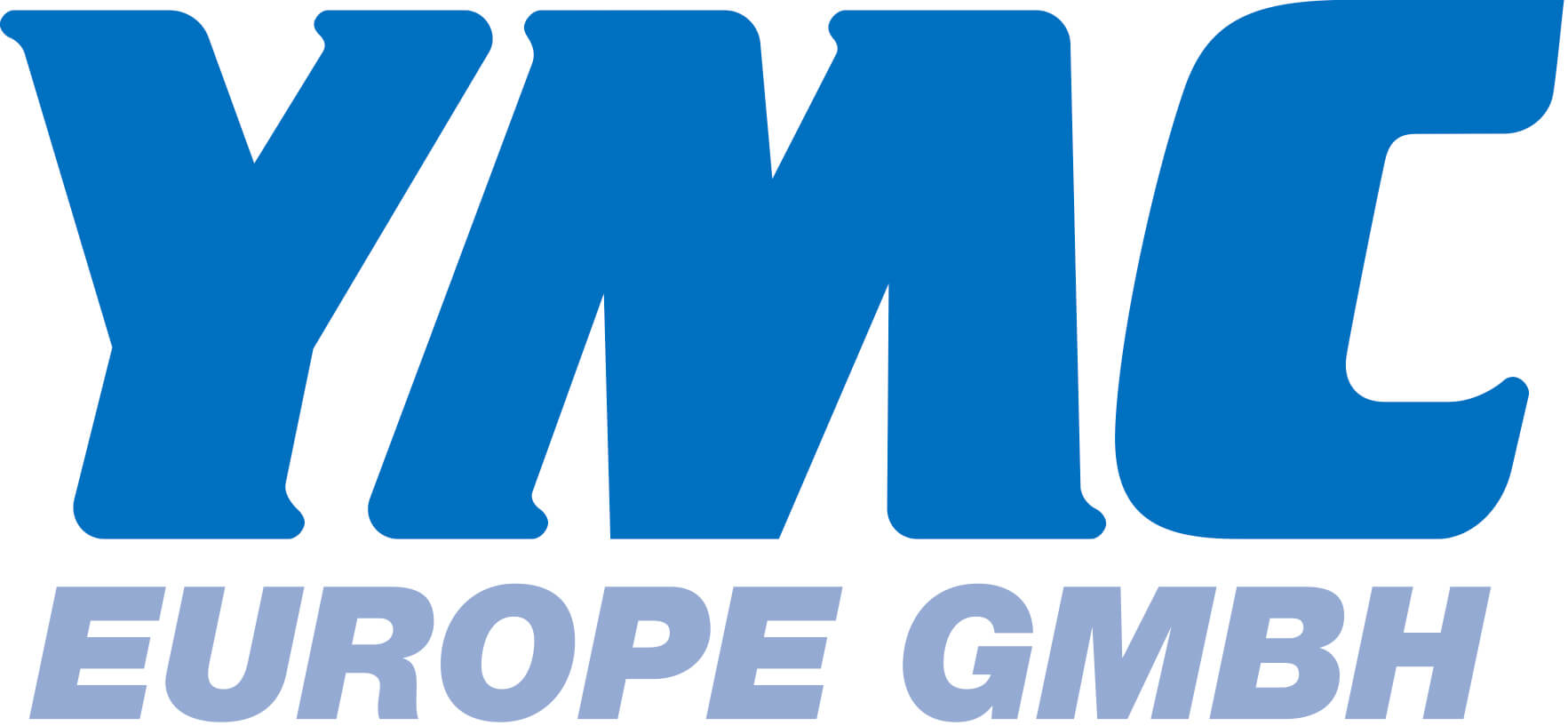
Water is a heavily regulated substance and understanding its volatile organic compound (VOC) content is crucial to ensuring consumer and environmental health. With multiple methods needing to be used to detect all analytes of concern in a sample, this makes analysis labour-intensive.
A single method is presented for the combined analysis of two important classes of contaminants in drinking and environmental waters – chlorophenols and common odorants – using immersive HiSorb high-capacity sorptive extraction and GC—MS. This method is highly sensitive, with limits of detection approximately 5 ng/L for chlorophenols and <1 ng/L for common odorants. Laboratory tests confirm excellent linearity and reproducibility, while analyses of real-world samples have confirmed the method’s performance on a range of water matrices. It can also be fully automated, enabling unattended, high sample throughput of approximately 32 samples per system per day.
Local authorities need to invest heavily to ensure drinking water is safe and palatable, that open waters such as lakes and rivers are environmentally sound, and that there is no contamination in ground waters that might leech into the drinking water supply. Water quality is determined in part by the VOC content, which can negatively affect human health, harm aquatic wildlife and/or impart tastes or odours that residents find unpleasant.
Used in industry as intermediates, chlorophenols are also used as disinfectants and pesticides. For outdoor fixtures such as telegraph poles, fence posts and garden furniture, pentachlorophenol (5CP) is primarily used as a wood preservative1. 2,3,4,5-tetrachlorophenol is also used but to a lesser extent. 5CP can also break down in the environment, especially in the presence of micro-organisms, losing chlorine atoms to give tetra- and trichlorophenols2. Chlorophenols are harmful to human health at high concentrations and can give an unpleasant antiseptic-like odour to water. They are regulated by various bodies including the US Environmental Protection Agency (EPA), the Korean Ministry of Environment and the European Commission, with the EPA stipulating a limit of 1 μg/L for 5CP in drinking water3. Standard methods for detecting chlorophenols including ISO 8615-2:1999 and US EPA Method 604 specify liquid-liquid extraction with derivatisation. These methods are manual, generate a lot of solvent waste and use harmful derivatising agents.





